Emergency Prep Tips: Keeping Your Cat Safe in Case of a Disaster
From floods to hurricanes and house fires, you never know when disaster might strike—which is why it’s good to always be prepared. If you have a little fur baby to take care of, you’ll want to make sure they’re prepared too.
Keeping your kitty safe in case of an emergency doesn’t have to be hard or scary. In fact, with a little preparation, it can be easy. Here’s how to prep your cat for an emergency.

Pre-pack an emergency kit
When disaster strikes, you probably won’t have time to leisurely pack, and you may not be thinking too clearly. That’s why it’s important to have a pre-packed disaster-ready bag filled with all the essentials.
Here’s what to pack in your kitty’s emergency bag:
- Food and water for a few days, packed in an airtight, waterproof container
- Portable dishes
- Treats
- Harness & leash
- Backup collar and ID tag
- Prescription medications, packed in an airtight, waterproof container
- Sanitation items, like plastic bags and paper towels
- Travel litter box
- Cat carriers, such as a backpack and/or crate
- Blanket
In addition to any prescription meds your cat takes, you may also want to pack something like dramamine (for motion sickness) or gabapentin (for pain and anxiety relief). To be safe, ask your veterinarian which medications they recommend for your kitty.
You may also want to pack a disaster bag for yourself, which could include things like:- Snacks (granola bars or energy bars work great)
- Water
- Prescription medications
- Ibuprofen
- First aid kit
- Flashlight with extra batteries
- N95 masks
- Phone charger and charging cable
- Kleenex
- Feminine hygiene items
- Pen and paper
Bring a carrier—and train your kitty to use it
When the fire alarm went off in Michele’s building, her kitty Willow Grace was unfazed: Michele simply scooped her up in the cat backpack Willow Grace already knew and loved. Willow Grace handled the emergency so well, she even made friends with the other evacuees!
As Michele’s story shows, having a good cat carrier—and training your fur baby to feel comfortable in it—will make things much easier for both you and your kitty in the event of an emergency.
Here’s a short guide to carrier-training your cat:

You can find more backpack and carrier training tips here.
Train your cat to use a harness
With a harness and leash, your cat can explore and stretch their legs safely. It’s also a good way to keep them from running off if they get scared. In an emergency situation where every second counts, you may only have a few seconds to get your cat into a harness—which means you should start training them now.
Training your kitty to use a harness is a lot like training them to use a backpack; it’s all about helping them feel safe and comfortable. Here are some tips:
Get more harness and leash training tips here.
Other emergency prep tips
Here are some more tips to prepare for an emergency:
- Know where your cat likes to hide so you can find them in a hurry
- Leave your backpack and carriers out all the time so your cat uses them as beds (if you’re lucky, they may be using them when you need to leave - for the vet, or an emergency)
- Microchip your cat, and make sure your contact info is up-to-date
- Map out evacuation routes and, if possible, practice traveling them with your cat
- Find out which shelters and hotels allow not just pets, but cats, specifically (for emergencies, pet friendly hotels should be fine)
- Make a plan with your neighbors or friends to check on your cat if you’re unavailable
- Put up a sign (or sticker) indicating that you have cats, in case they need to be rescued

If an emergency does happen, you’ll have a lot of things on your mind: one of which will be ensuring your cat’s safety. If you’ve prepared ahead of time by packing the essentials, doing your research, and training your kitty to use their cat backpack, that’s one less thing to worry about.
SHOP CUSTOMER FAVORITES
MORE CAT TRAVEL RESOURCES & FUN
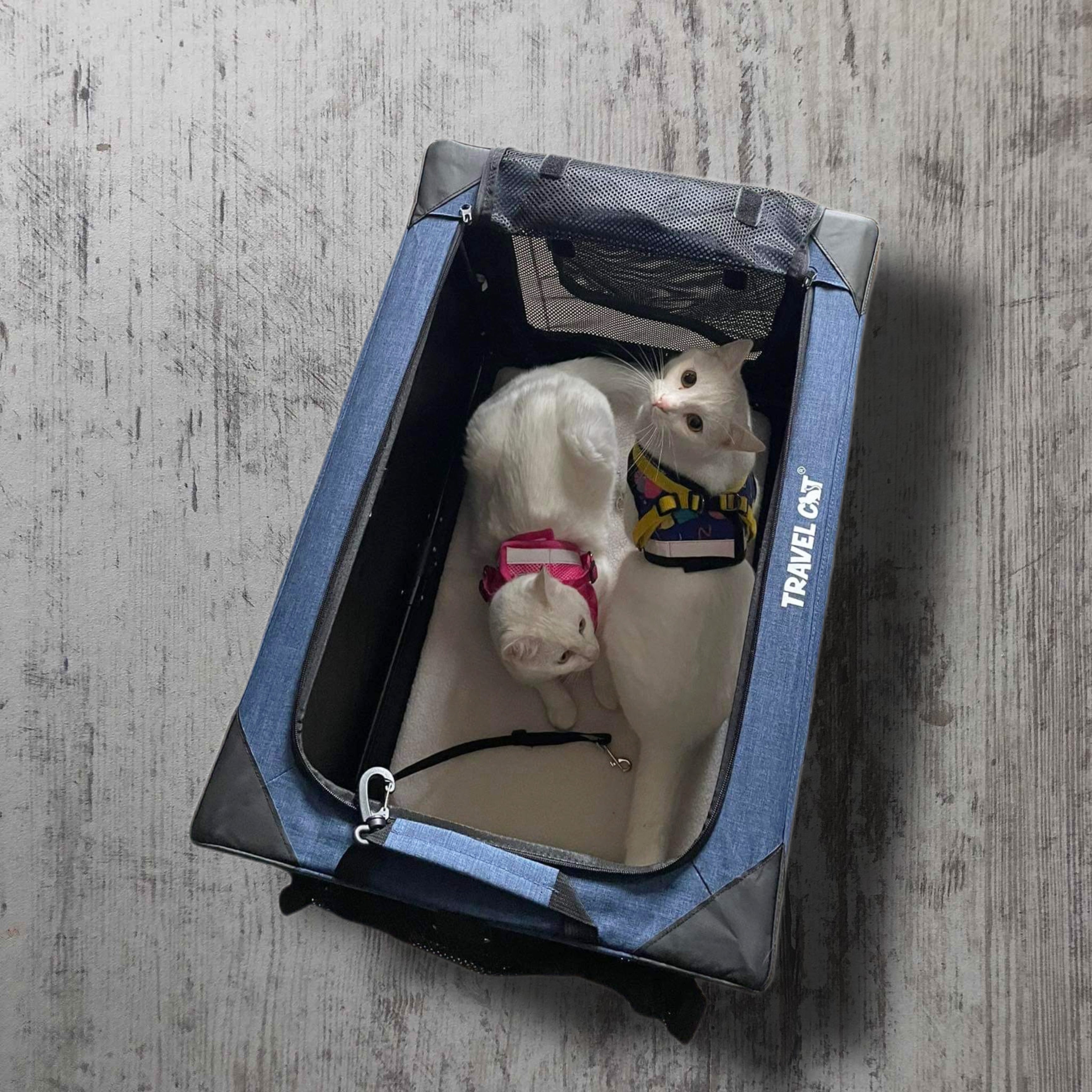
Your Purrfect Guide to Holiday Travel with a Cat: How to Take Your Pet with You Stress-Free
Whether you’re heading home or to a far off vacation, bringing your kitty along can be a challenge. But don’t worry—we’ve put together some trusty tips for traveling with your cat during the holidays.
Read more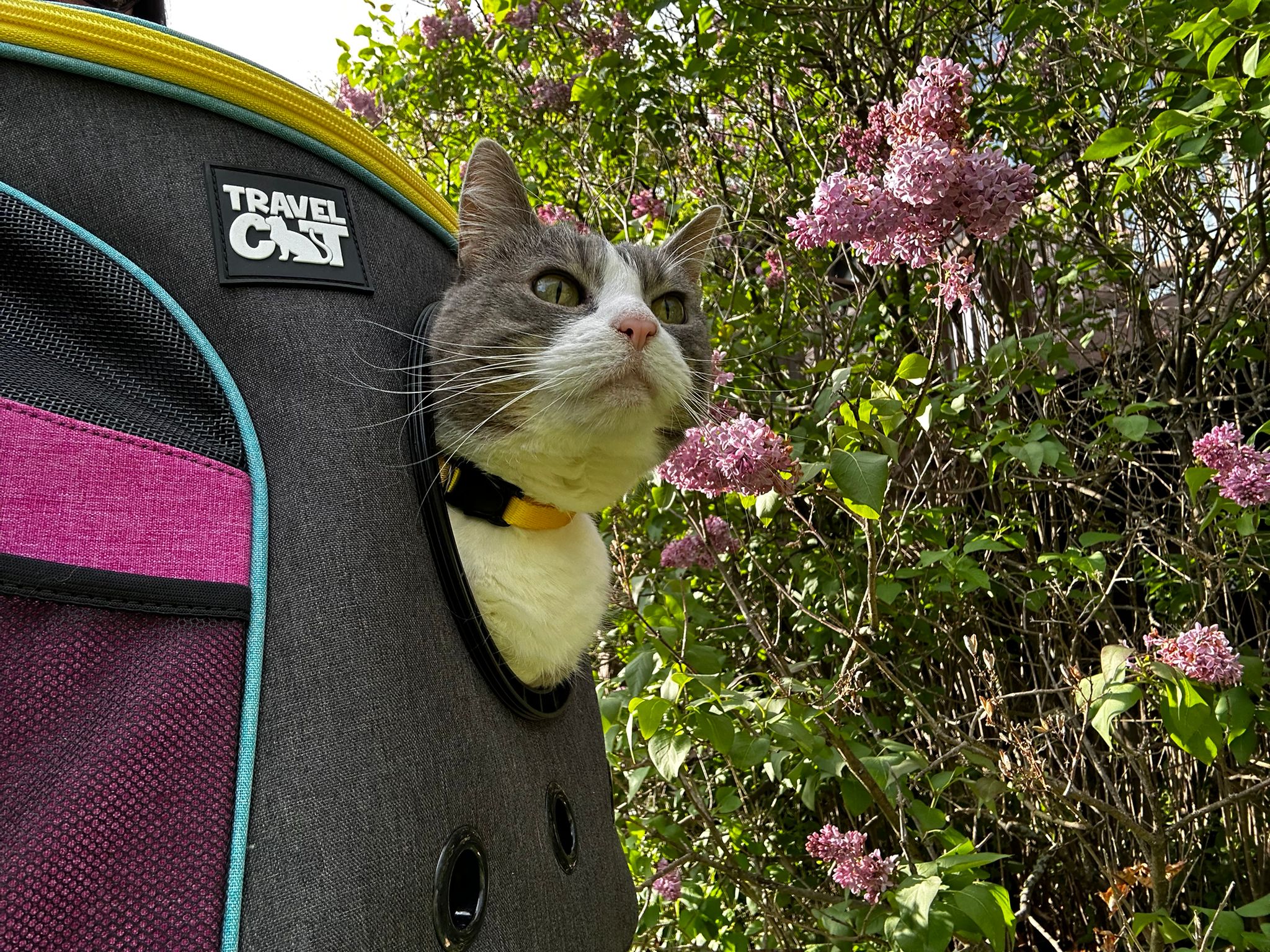
Understanding Hypertrophic Cardiomyopathy (HCM) in Cats: What Every Cat Parent Should Know
At Travel Cat, we believe informed pet parents give their cats the best chance at long, healthy lives. Recently, members of our community unexpectedly lost beloved cats to hypertrophic card...
Read more
How to Get Your Cat to Love the Stroller
(Without bribes, begging, or betrayal) Let’s face it — cats aren’t known for embracing change. New toys? Suspicious. Rearranged furniture? Offensive. So when it comes to something as bold as a cat ...
Read more

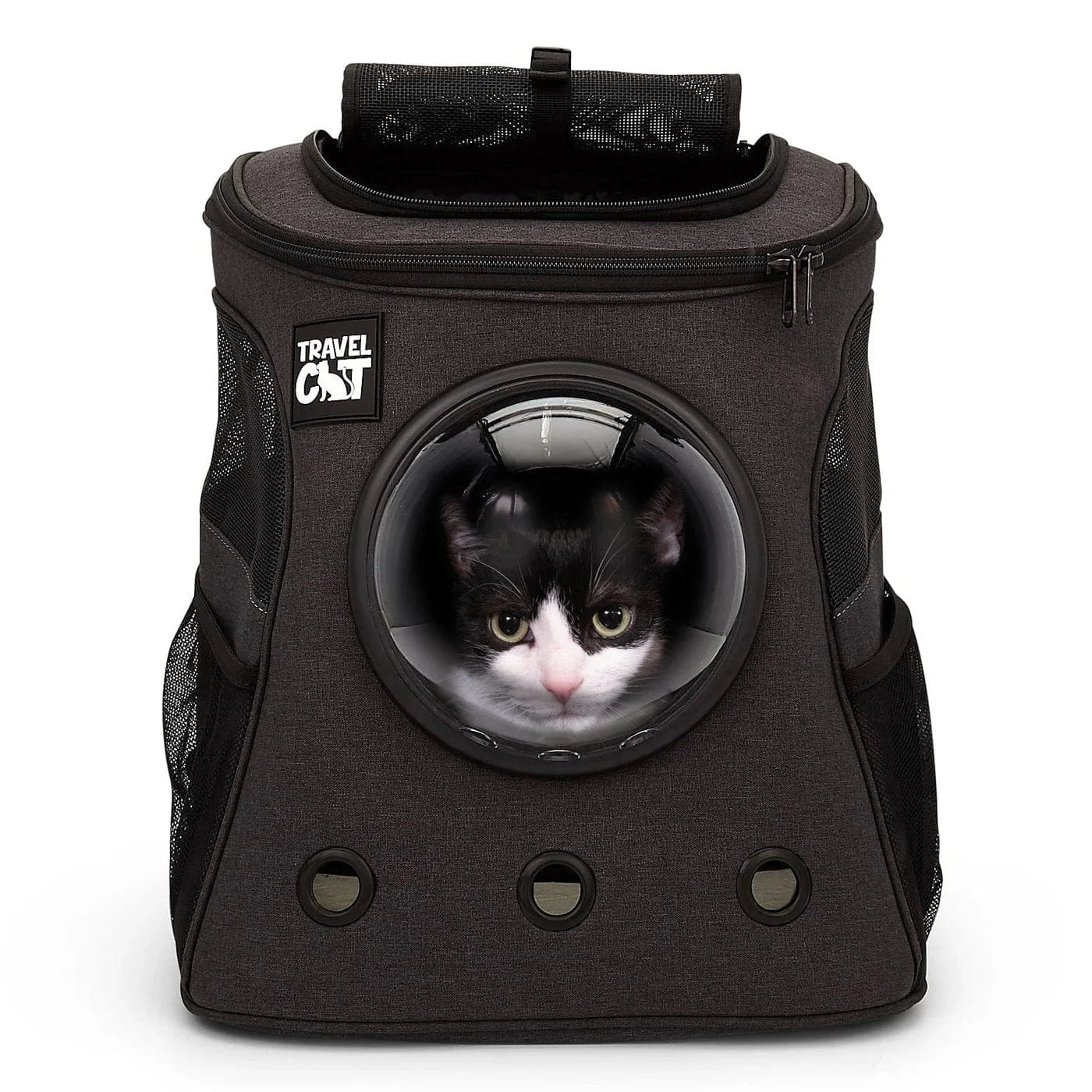







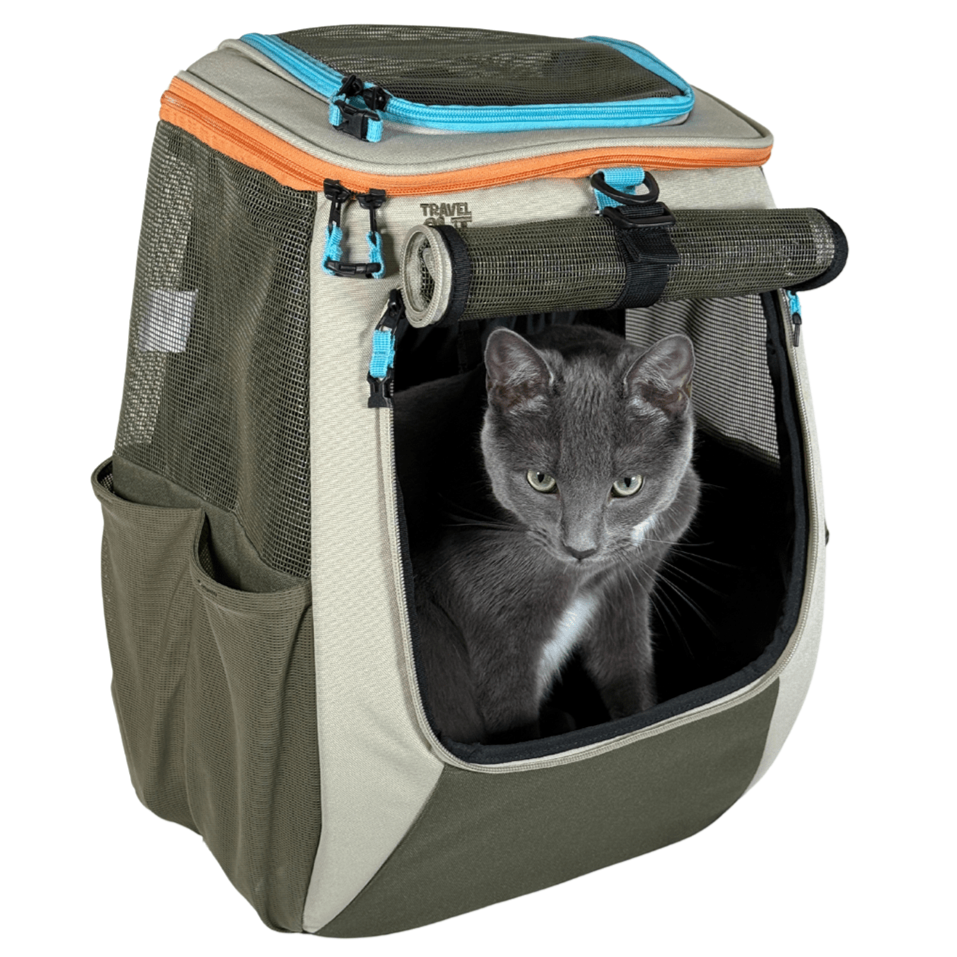
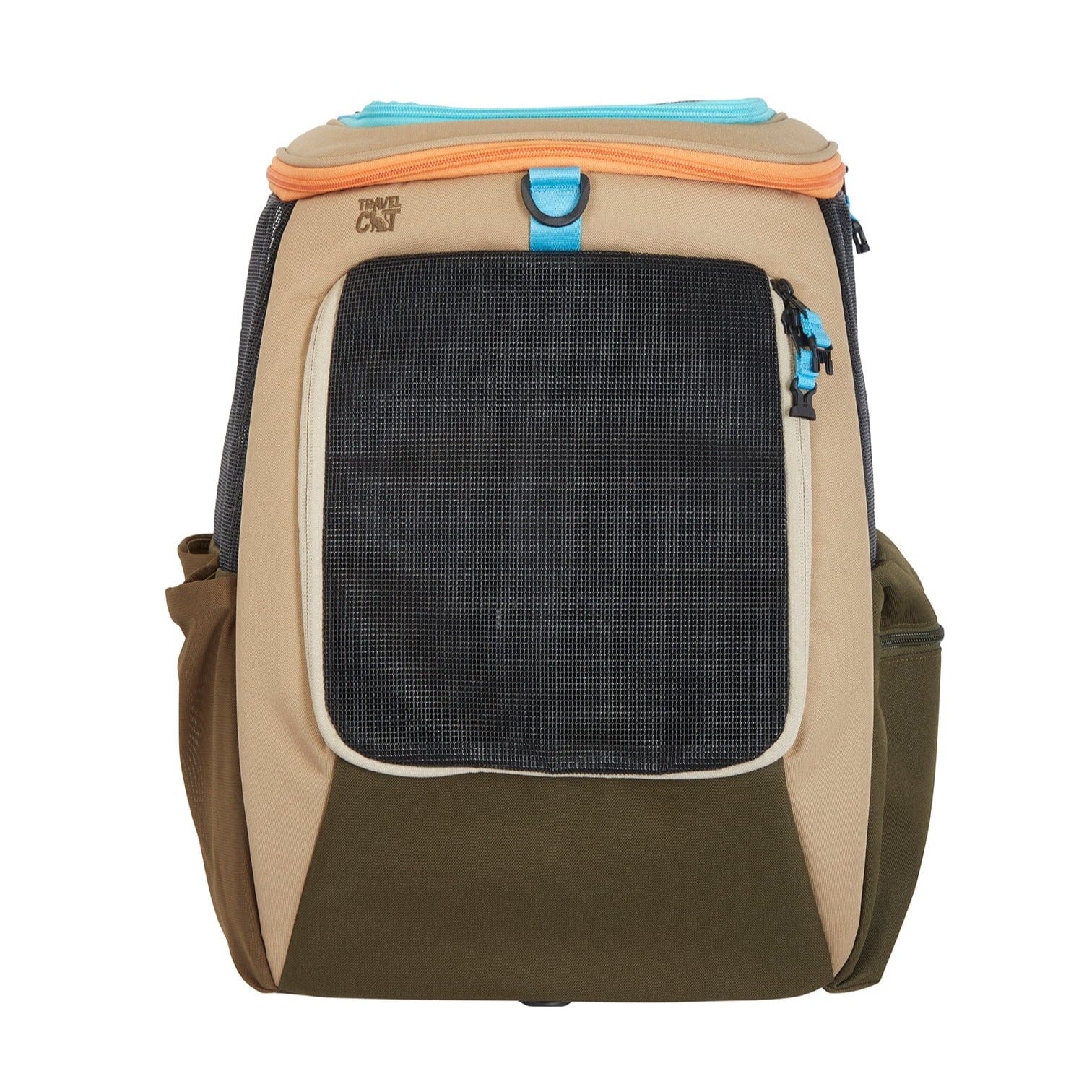





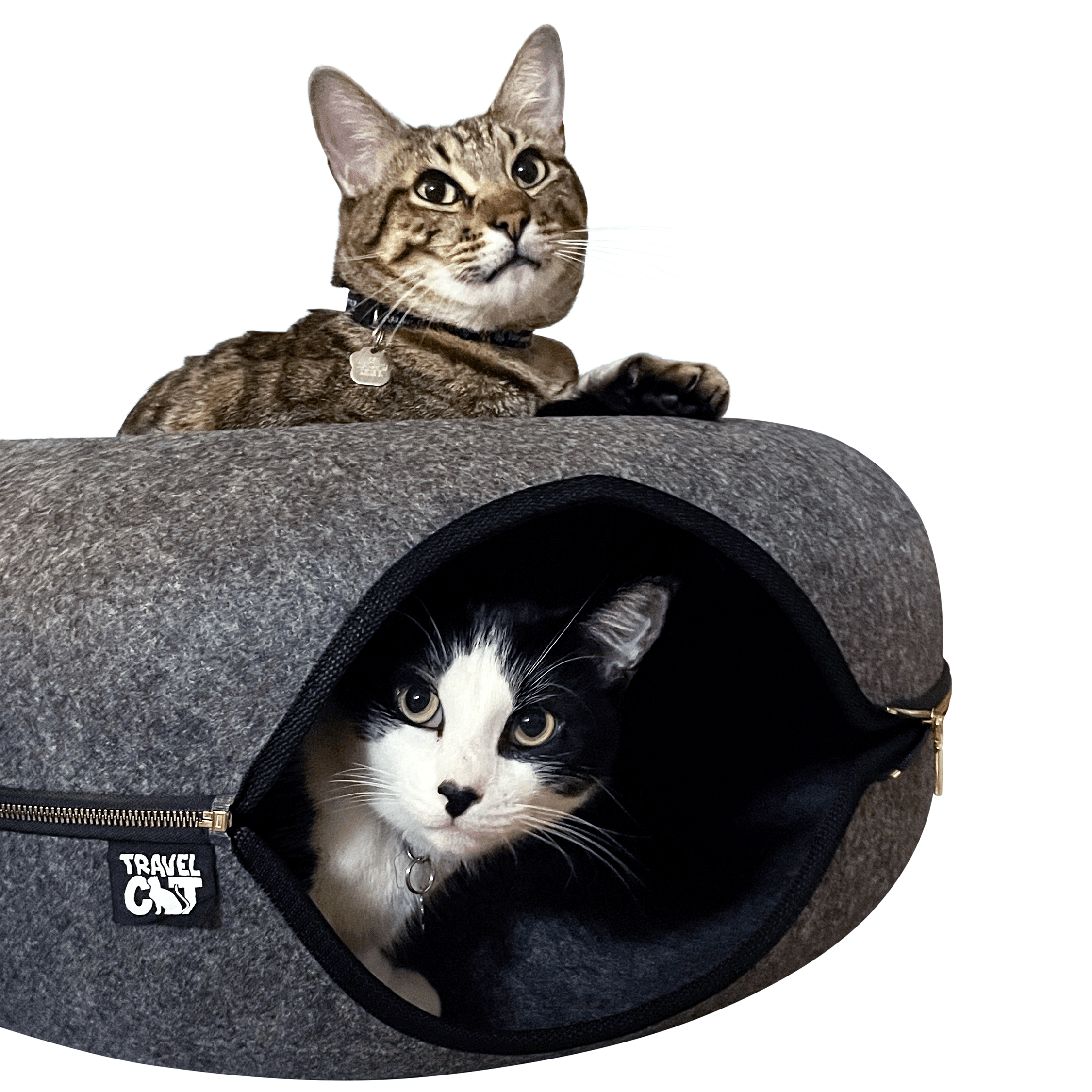

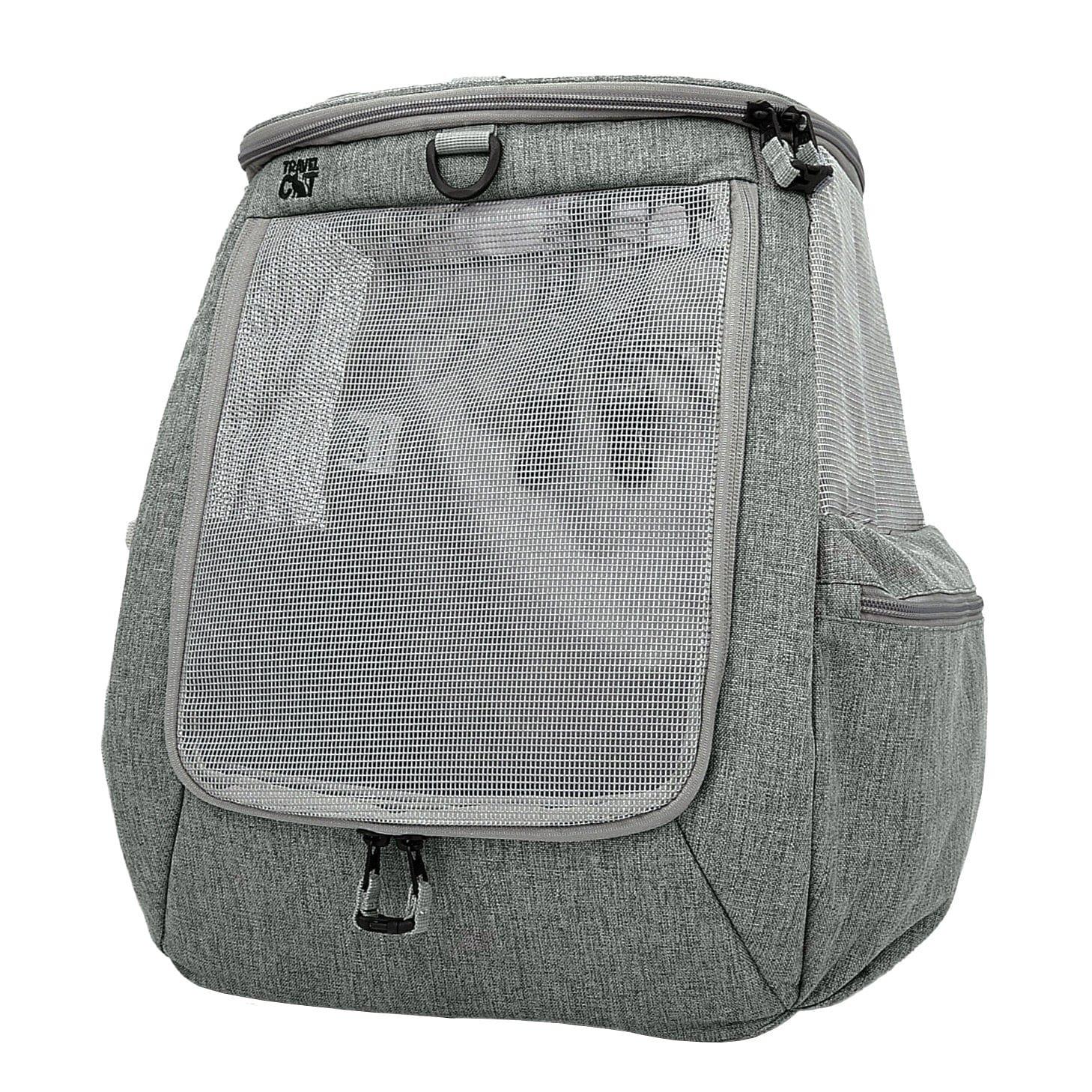

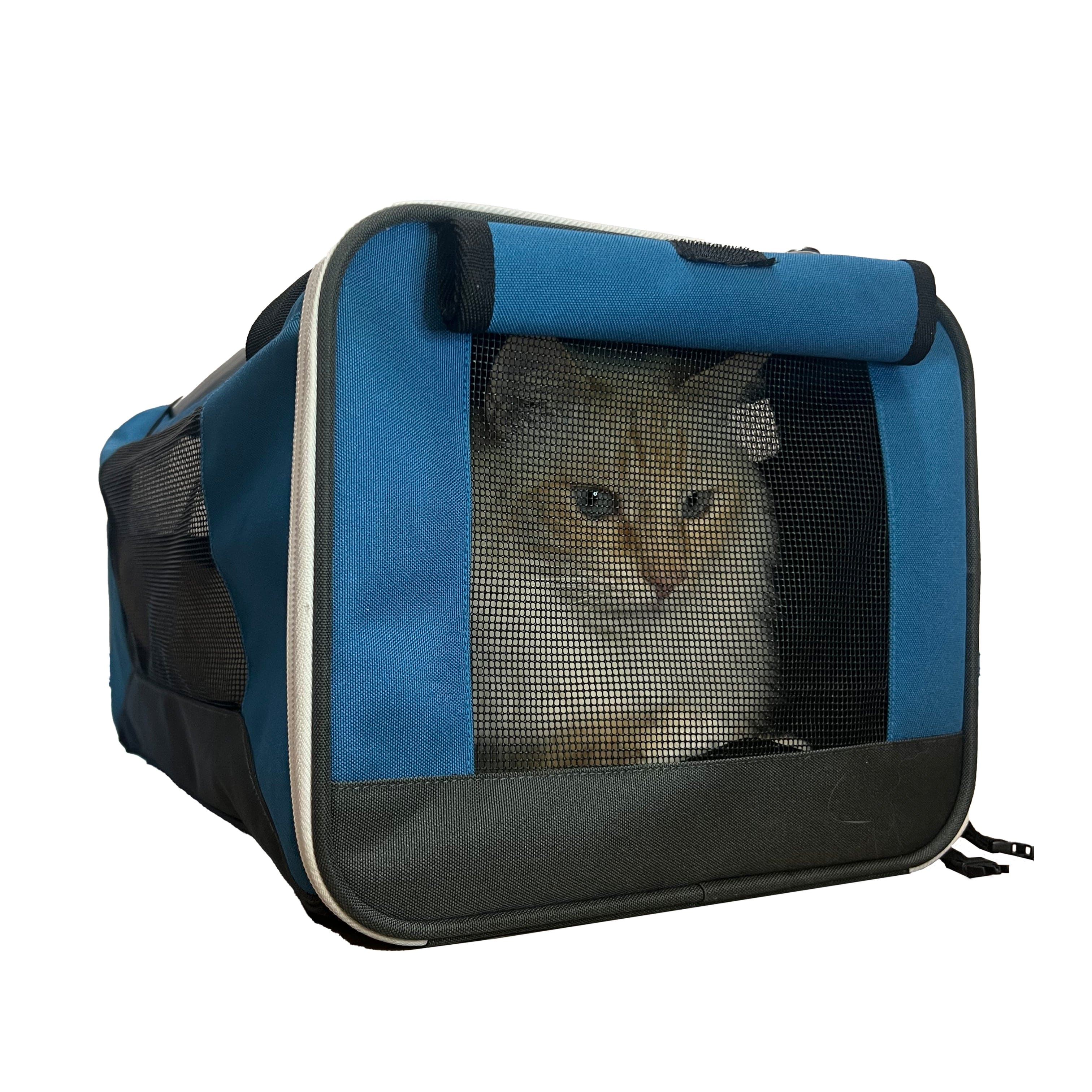

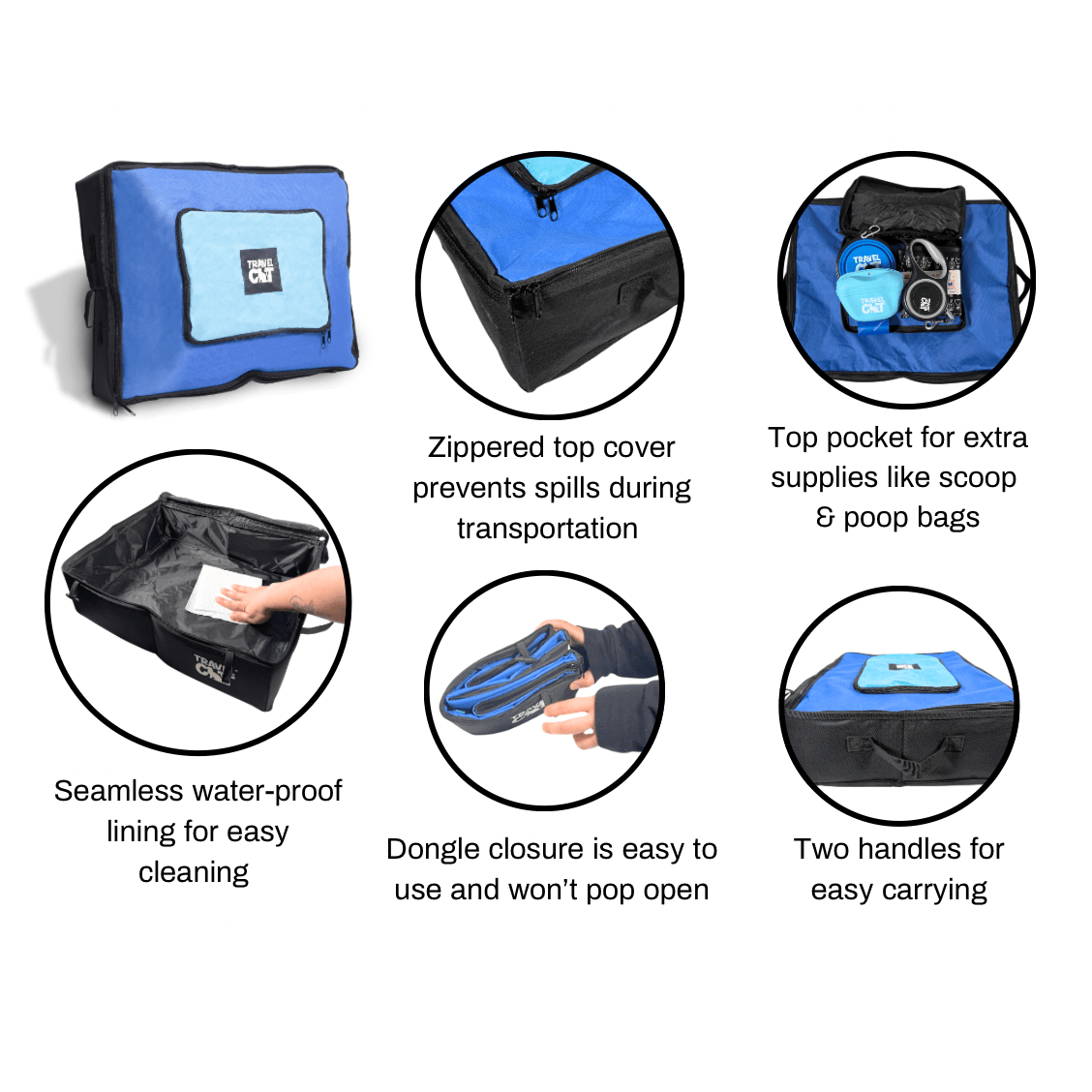
2 comments
Great article. TYVM.🐾🐾🐾♥️♥️♥️🐈⬛🐈⬛🐈⬛
Debbie DiBenedetto
Difference between the two different navigator backpacks and weights of each. Thanks
Beth
Leave a comment
This site is protected by hCaptcha and the hCaptcha Privacy Policy and Terms of Service apply.